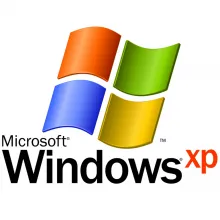
Year
2005
Microsoft Windows XP Professional x64 Edition released on April 25, 2005 is an edition of Windows XP for x86-64 personal computers. It is designed to use the expanded 64-bit memory address space provided by the x86-64 architecture.
The primary benefit of moving to 64-bit is the increase in the maximum allocatable random access memory (RAM). Windows XP 32-bit is limited to a total of 4 gigabytes. Although the theoretical memory limit of a 64-bit computer is about 18 exabytes (18 billion gigabytes), Windows XP x64 is limited to 128 GB of physical memory and 16 terabytes of virtual memory.











